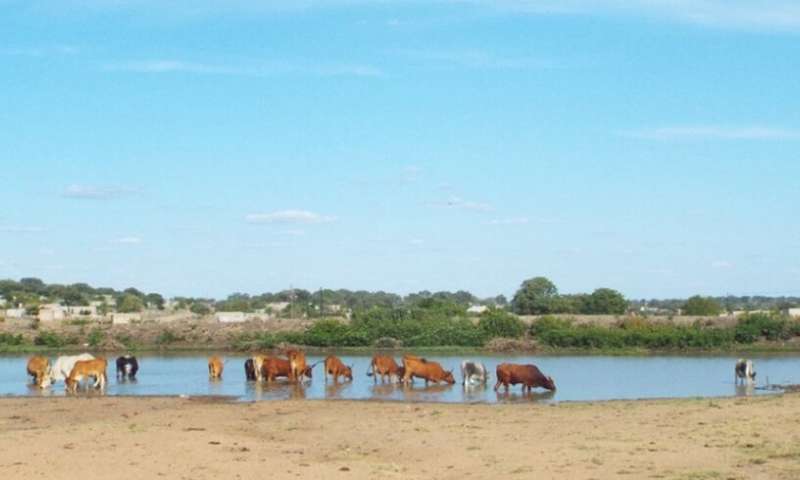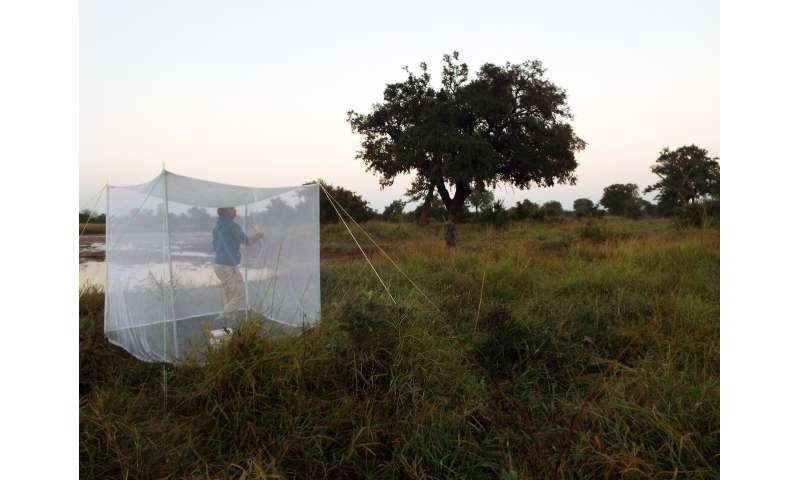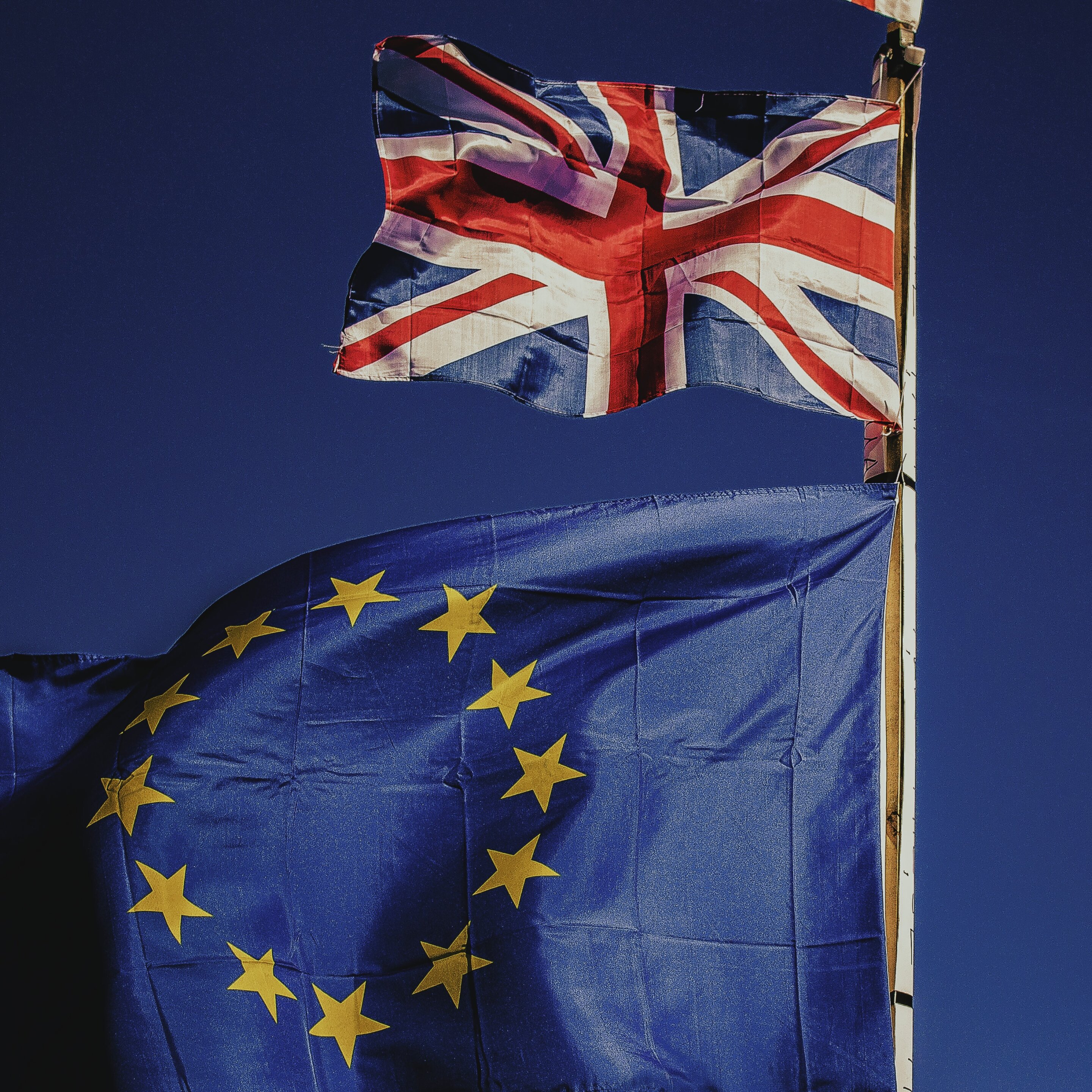#Human disturbance of ecosystems leads to increase in disease-transmitting mosquitoes
“#Human disturbance of ecosystems leads to increase in disease-transmitting mosquitoes”

The changes that humans are making to the landscape are beneficial for mosquitoes that spread diseases such as Zika, chikungunya and dengue. This is what biologist Maarten Schrama and his colleagues write in the journal Nature Scientific Reports, saying, “If we know in which living environments mosquitoes thrive best, we can design our own living environment in such a way that the risk of outbreaks of mosquito-borne infectious diseases is minimal.”
Mosquitoes and humans
Man is changing the landscape on earth at an unprecedented pace. Nature has to make way for agriculture and that goes hand in hand with an increase in pesticides, overgrazing and pollution. The research of Maarten Schrama and his colleagues now shows that these changes in the landscape are beneficial for mosquitoes that transmit infectious diseases such as dengue, chikungunya, the West Nile virus and Zika. “We have demonstrated this by comparing areas within the Kruger Park in South Africa, where people have made no changes, with areas outside,” explains Schrama.
The team looked at the presence of pesticides, water quality, livestock densities and grazing pressure, or “desertification.” It turned out that the density of disease-spreading mosquitoes was higher in places where people had adapted the landscape. Schrama: “This is the first time that it has been scientifically proven that humans make their living environment extremely suitable for their own disease transmitters and those of their livestock.”
Previous studies have already shown a difference between forest and deforested areas. But that’s not so surprising, Schrama thinks: “After all, a forest is very different from a barren plain. In our research area the landscape of the Kruger Park didn’t even look that different from the landscape outside, but the mosquitoes that were there did show that it had definitely changed a lot.”

Limiting disease
And that’s useful information: “If we know under what conditions mosquitoes thrive best, we can design our own living environment in such a way that the risk of outbreaks of mosquito-borne infectious diseases is minimal,” says Schrama. In other words: disease prevention at the level of spatial planning. “For example, we see that in the Netherlands we are very focused on solutions to climate change. But solutions such as “more water in the city” are not always in line with the idea of minimizing the number of mosquitoes in the living environment.”
Disturbed balance
Although many insect species are not doing well as a result of human activity, the opposite seems to be true for mosquitoes. “Mosquitoes often thrive in the presence of disturbances,” explains Schrama. “Many other insects, such as butterflies, need stable and undisturbed ecosystems. When vulnerable insects disappear, there is less competition for the mosquito.” Schrama gives an example: “Many insects have disappeared from the Netherlands in recent years due to drought, but it could well be that mosquitoes benefit from it. If waters that normally never dry up suddenly become dry, mosquitoes can colonize such a place super-fast. Because of this kind of periodic drought, fish and amphibians and other types of insects that normally target mosquitoes disappear.”
Mosquitoes in the Netherlands
Schrama thinks that lies in our own hands. “The Netherlands already has quite a collection of mosquitoes that are capable of spreading diseases. However, we are still missing two important ingredients for an epidemic: the disease itself, which needs to be introduced first, and enough mosquitoes to spread the disease quickly enough from person to person. But the goal is of course not to let this happen. Understanding the role of our own living environment and how mosquitoes react to it is therefore crucial. I hope to contribute to this with my current research, which focuses much more on the Dutch landscape.”
More information:
Maarten Schrama et al. Human practices promote presence and abundance of disease-transmitting mosquito species, Scientific Reports (2020). DOI: 10.1038/s41598-020-69858-3
Human disturbance of ecosystems leads to increase in disease-transmitting mosquitoes (2020, September 10)
retrieved 10 September 2020
from https://phys.org/news/2020-09-human-disturbance-ecosystems-disease-transmitting-mosquitoes.html
This document is subject to copyright. Apart from any fair dealing for the purpose of private study or research, no
part may be reproduced without the written permission. The content is provided for information purposes only.
If you want to read more Like this articles, you can visit our Science category.
if you want to watch Movies or Tv Shows go to Dizi.BuradaBiliyorum.Com for forums sites go to Forum.BuradaBiliyorum.Com




